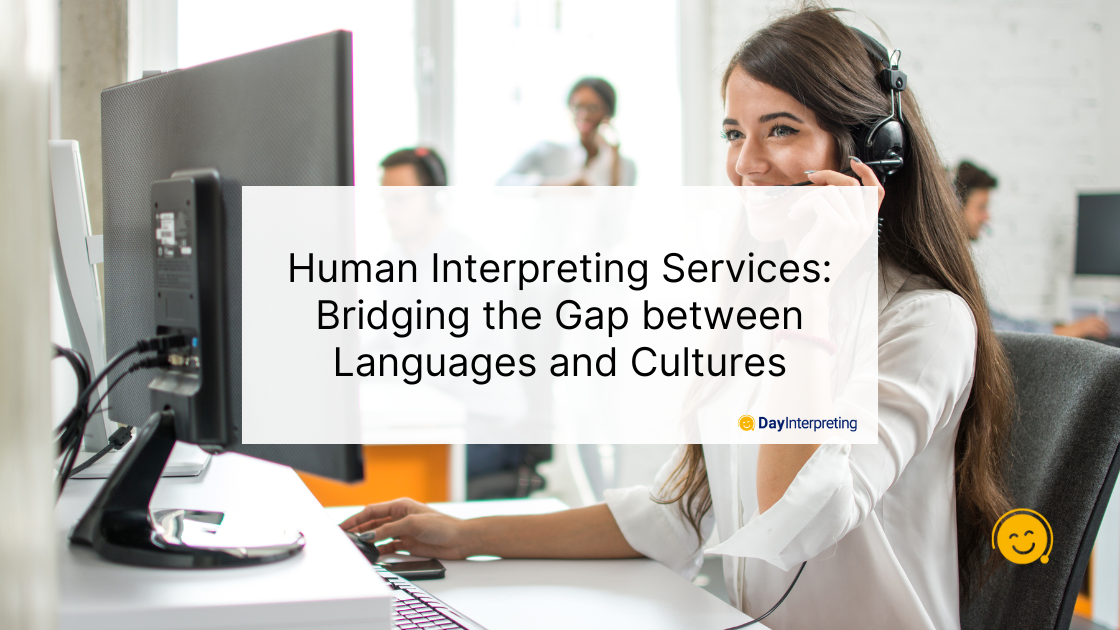The need for effective communication across language barriers is more critical than ever. This is where the invaluable role of human interpreting services comes to the forefront. Interpreting, as a profession, is the bridge that connects people from diverse linguistic and cultural backgrounds, ensuring that messages are accurately conveyed and understood. In this article, we will explore the essential role of human interpreting services in facilitating effective communication in multilingual settings and the nuanced art of interpretation that transcends mere language translation.
The Art of Interpreting
Interpreting is not merely the act of translating words from one language to another; it is a complex art that involves understanding and conveying the message’s meaning, nuances, and cultural context. Human interpreters are highly trained professionals who possess not only linguistic expertise but also cultural competence. They must navigate the intricate web of languages and cultures to enable successful communication.
Bridging the Linguistic Gap
The most apparent role of interpreters is bridging linguistic gaps. They act as intermediaries, conveying spoken or signed words from one language into another. This function is indispensable in international conferences, diplomatic meetings, business negotiations, and countless other multilingual settings. Effective communication would be severely hampered without interpreters, leading to misunderstandings, misinterpretations, and potential conflict.
Cultural Competence
Cultural competence is a vital aspect of interpreting. Languages do not exist in isolation but are embedded in the culture of the people who speak them. Interpreters must understand each language’s cultural nuances, customs, and etiquette. Failure to recognize these subtleties can lead to misunderstandings or even offense. Thus, interpreters act not only as linguistic bridges but also as cultural guides, ensuring that the conversation remains respectful and sensitive to cultural differences.
Real-time Decision Making
Interpreting often occurs in real-time, which adds to the complexity of the profession. Interpreters must think on their feet, making quick decisions about how to convey the message accurately and effectively. This requires exceptional cognitive and linguistic skills and the ability to stay calm under pressure.
Types of Interpreting
There are several modes of interpreting, each suited to different settings and requirements:
Simultaneous Interpreting
In this mode, interpreters convey the message in real-time while the speaker is talking. This is commonly used in large conferences and events and demands intense focus and concentration.
Consecutive Interpreting
Here, the interpreter waits for the speaker to finish a segment before rendering the message in the target language. This is often used in one-on-one meetings, legal proceedings, and medical consultations.
Whispering Interpreting
In this mode, the interpreter sits or stands beside the target-language recipient and whispers the interpretation directly to them. This is useful in situations where simultaneous interpretation equipment is not available.
Liaison Interpreting
Liaison interpreters facilitate communication in smaller, more informal settings, such as business negotiations or medical consultations.
Challenges and Ethical Considerations
The role of interpreters is not without its challenges. They face linguistic challenges, maintaining neutrality, and dealing with sensitive or distressing content. Additionally, interpreters must adhere to a strict code of ethics, including confidentiality and impartiality. Violating these ethical principles can have serious consequences, as it may undermine trust and compromise the quality of communication.
Wrapping Up
Interpreting is an indispensable profession that plays a pivotal role in bridging the gap between languages and cultures. It is not merely a mechanical process of translating words but a nuanced art that requires linguistic expertise, cultural competence, and real-time decision-making skills. In our increasingly interconnected world, human interpreters are the unsung heroes who enable effective communication across linguistic and cultural divides. They ensure that messages are conveyed accurately and sensitively, fostering understanding, cooperation, and harmony in multilingual settings.





0 Comments